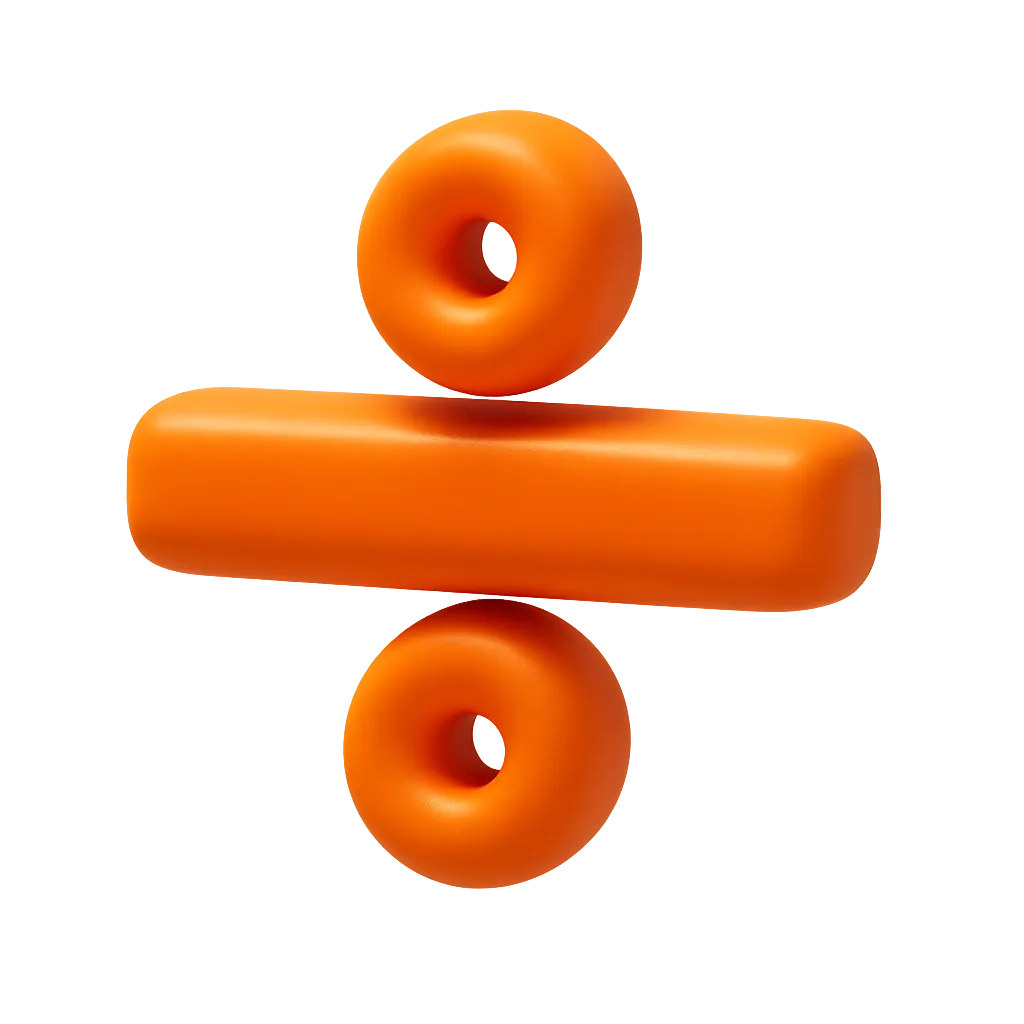Why Paver Base Calculators Matter
Accurate base prep is the difference between a surface that lasts and one that shifts.
This calculator helps estimators, installers, and site crews quickly translate plan dimensions into material quantities so you can order confidently and keep work moving.
Key uses:
- Convert project dimensions into gravel base and bedding sand volumes
- See tons (using typical density ranges) for hauling and delivery planning
- Estimate bag counts for small jobs
- Compare options: by dimensions or by total area
How the Calculator Works
- Choose input mode
- By Dimensions: Enter length and width (any common unit).
- By Total Area: Enter the project area (sq ft, sq yd, or sq m).
- Enter layer depths
- Gravel base depth (e.g., 4–8 inches for patios/walkways; follow your spec).
- Sand bedding depth (commonly ~1 inch unless your design specifies otherwise).
- We compute
- Cubic feet → cubic yards for each layer and total.
- Tons using typical density ranges:
- Gravel base: 2,700–3,400 lb/cu yd
- Bedding sand: 2,600–3,000 lb/cu yd
- Bag counts (assumes 0.5 cu ft bags).
Assumptions: uniform depth, consistent compaction, and standard aggregate gradations. Actual weights vary by moisture, gradation, and supplier.
Example Calculation
Inputs (By Dimensions):
- Length: 20 ft Width: 12 ft
- Gravel depth: 4 in Sand depth: 1 in
Results (rounded):
- Gravel: 2.96 cu yd, 4.00–5.18 tons, ~160 bags
- Sand: 0.62 cu yd, 0.80–0.93 tons, ~34 bags
- Total: 3.58 cu yd, 4.80–6.11 tons, ~194 bags
Pro Tip: Increase base depth for driveways and high-load areas. For patios/walkways, ensure proper subgrade compaction and drainage to prevent settlement.
Benefits & Limitations
Benefits
- Fast takeoffs for ordering and logistics
- Supports both small DIY and contractor-scale jobs
- Converts to tons and bag counts automatically
Limitations
- Outputs are estimates—confirm with drawings, specs, and your aggregate supplier
- Moisture content and gradation can shift actual weights
- Site conditions (subgrade quality, edge restraints, compaction) affect final quantities



